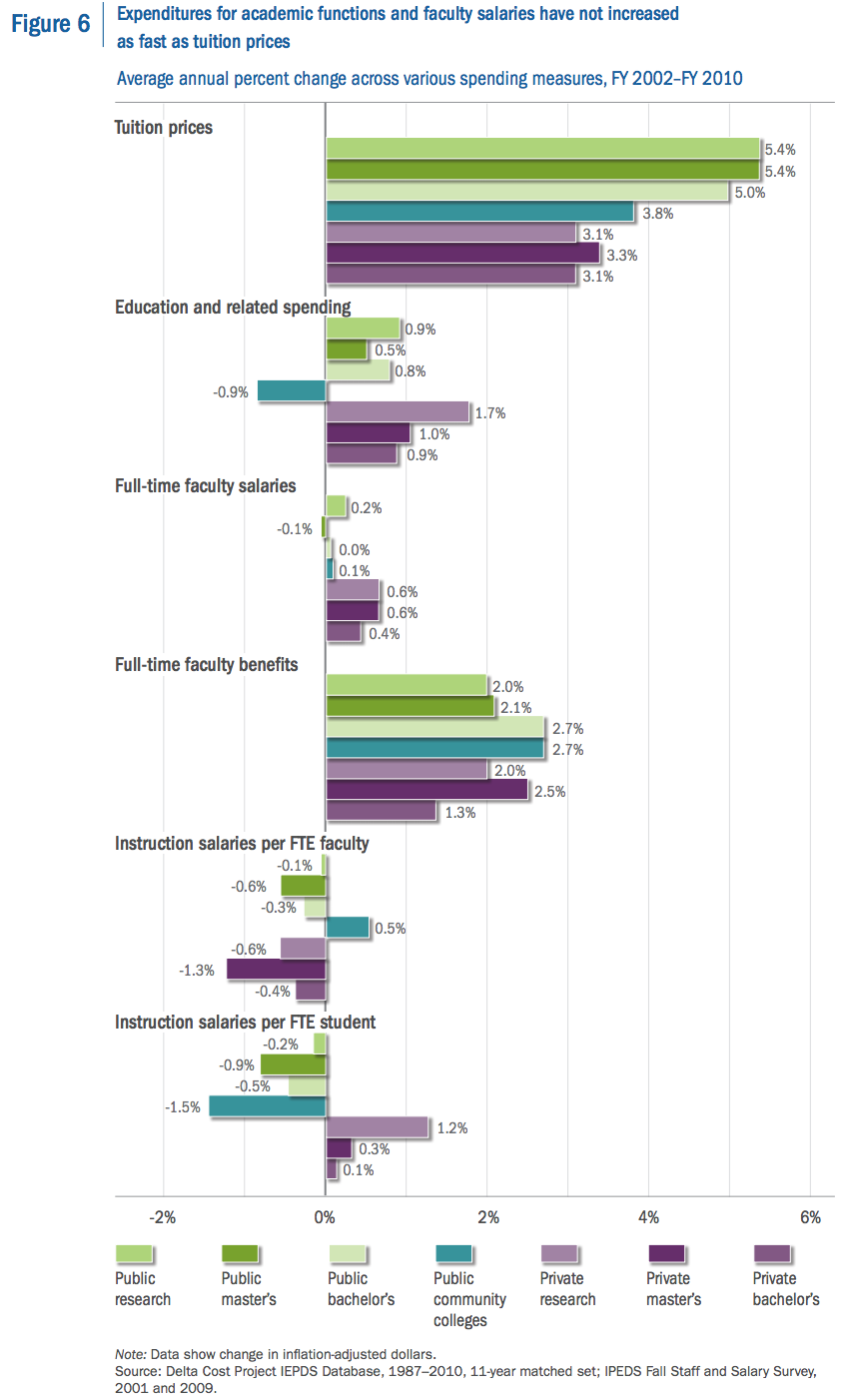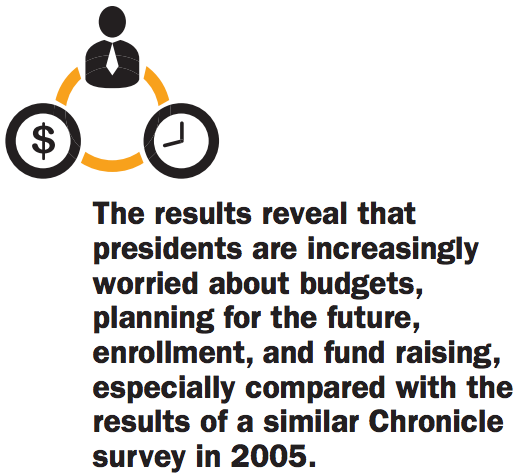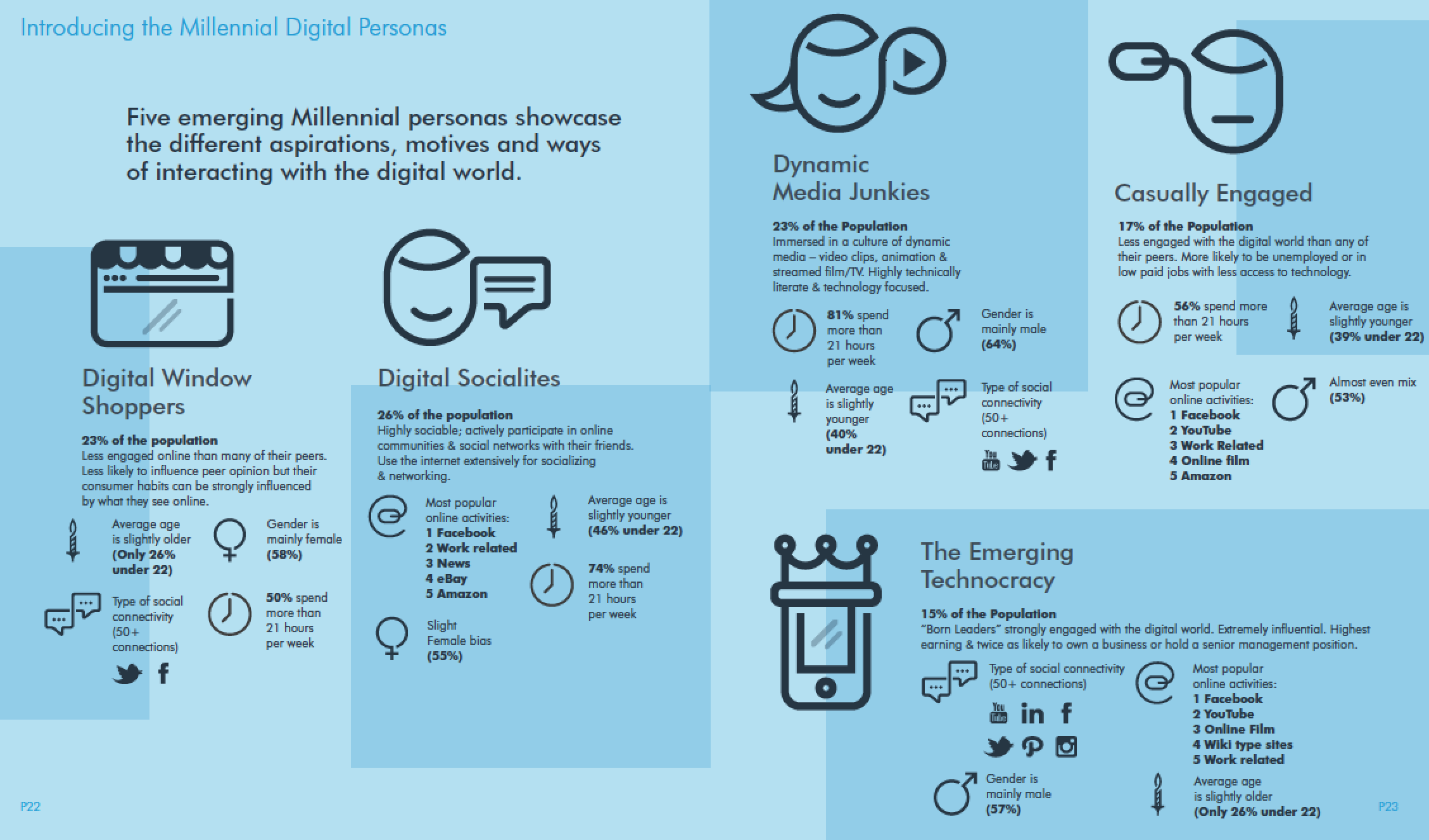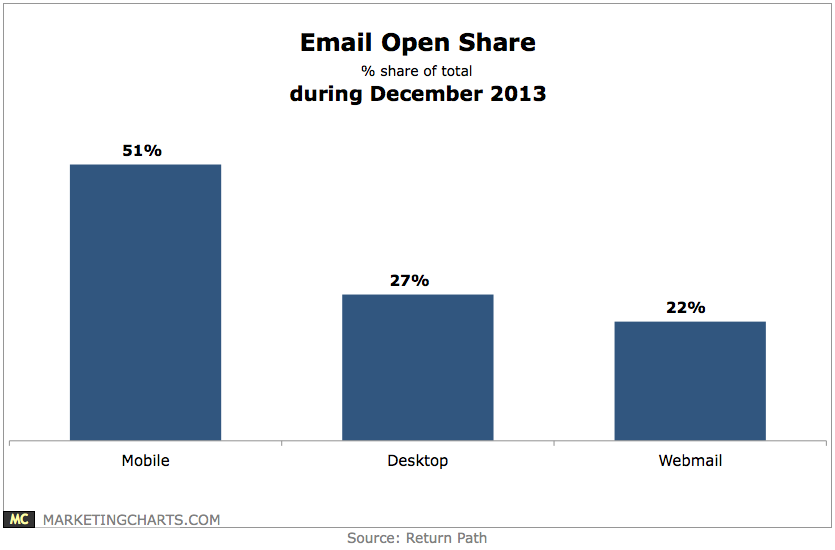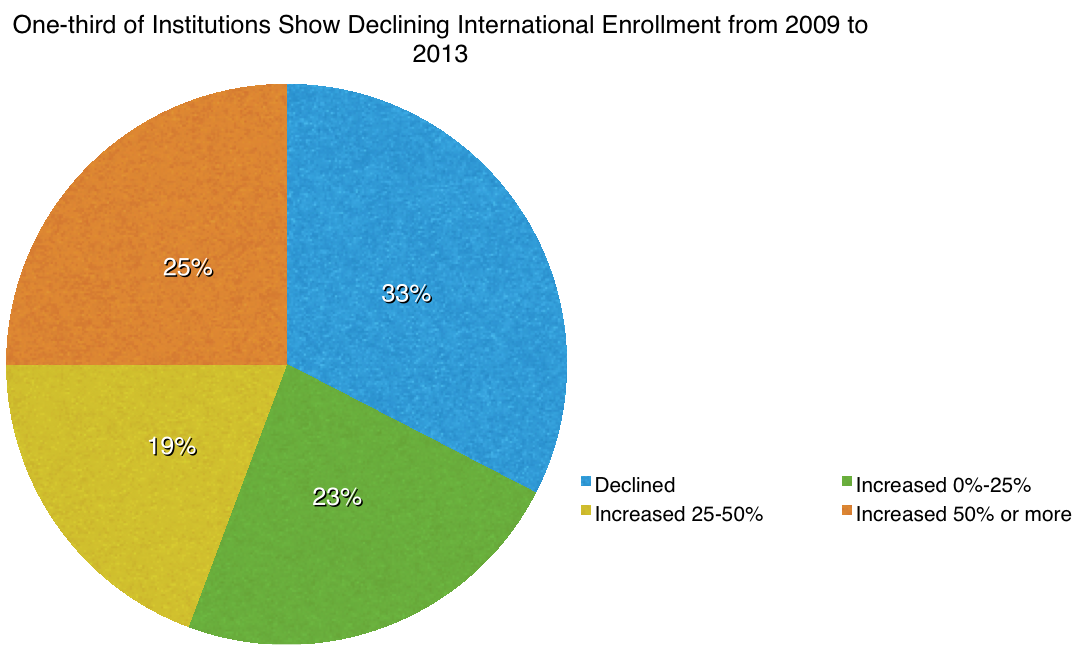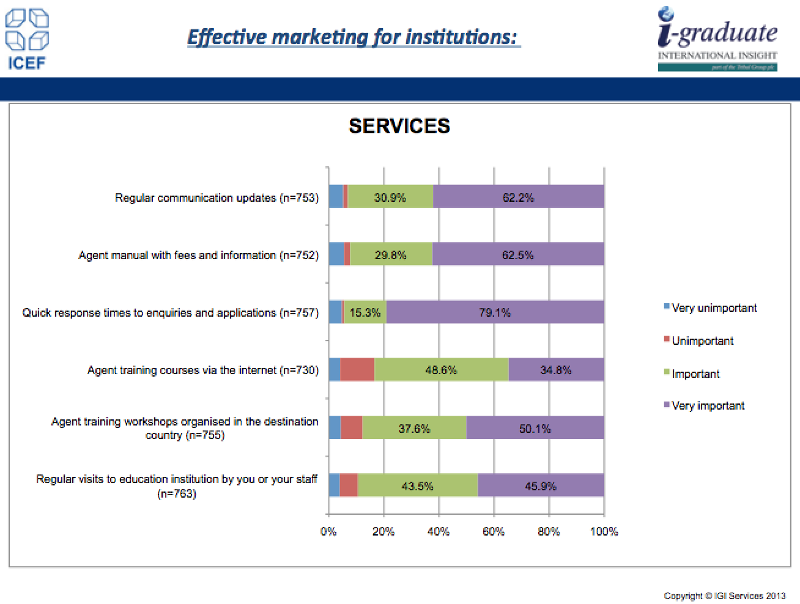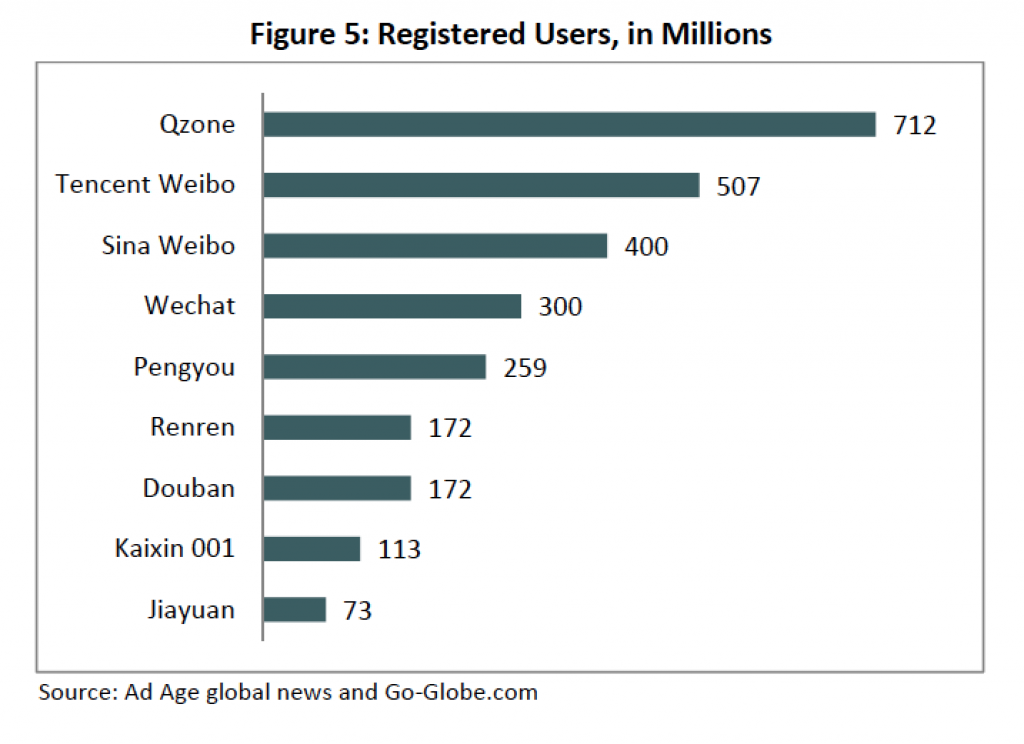While the headline for this post may be a bit overly provocative, we hope it caught your attention and you will read on. We think this is an important one and we want all hands on deck. You are an important participant in maintaining educational integrity as market forces push to streamline your institution.
The Delta project is one of our favorite data sources and this latest report did not disappoint. Their lastest Delta Project Report looks at what drives the cost of higher education.
The report identifies the main cost drivers and shows that higher ed headcount as a ratio of the number of students enrolled remained relatively flat at public institutions and increased x percent at private universities (see Chart 1 below).
From a business point of view, the challenge is productivity: institutions did not produce any growth per employee. Before you start sputtering about using this measuring stick for the academic market, bear with us for just a couple paragraphs. We can leave it to your colleagues conferring MBAs to debate why there was no growth. They can also consider how to establish benchmarks for measuring growth for education. For our purposes today, we are simply looking at this as a financial and statistical fact that other parts of the economy have shown increased productivity or more output per employee hour.
Read More


